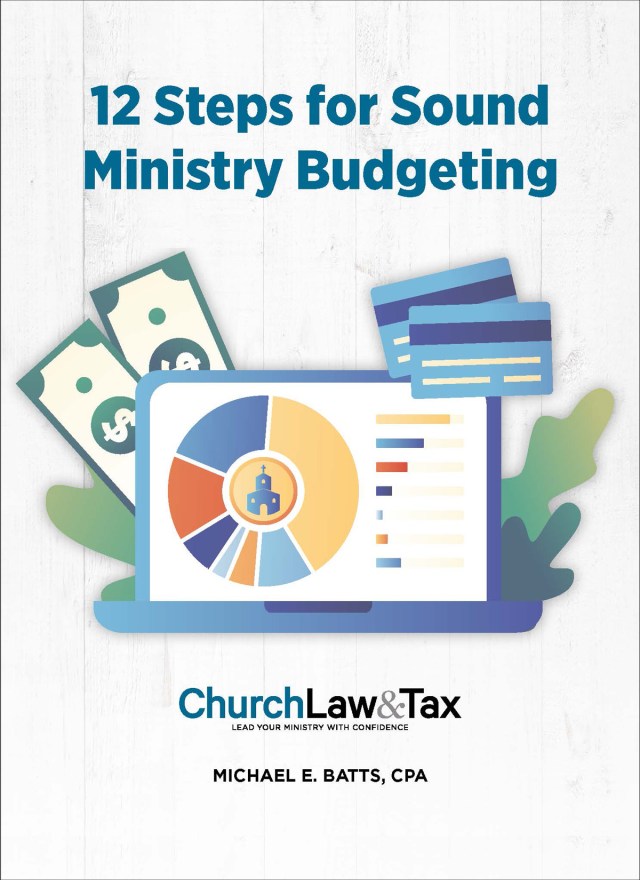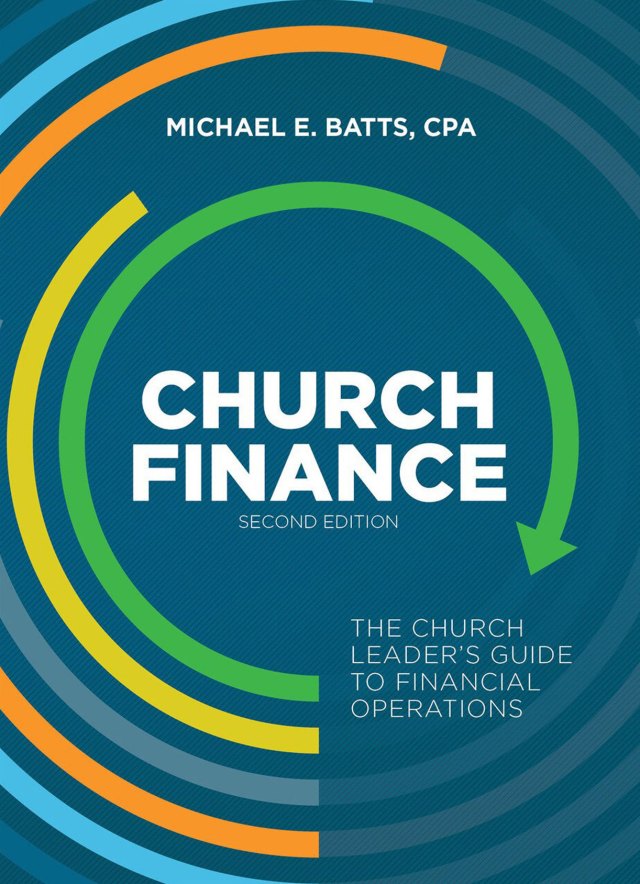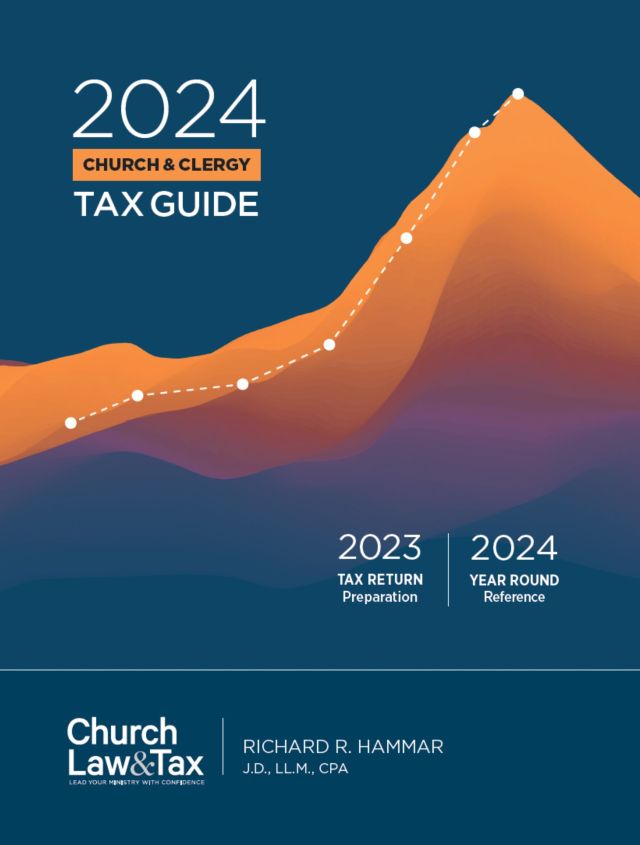The question regarding whether a church budget calendar ought to operate on a traditional calendar year (running from January 1 to December 31) or a fiscal one (such as August 1 to July 31) is financial insider talk for most congregants.
Most churchgoers never roll up their sleeves and get their hands dirty with the nitty-gritty details of the budgeting process, so the manner in which a church’s accounting office runs its church budget calendar is unlikely to affect the congregation’s service attendance in any perceptible way.
But for those who care about the financial operation of the church, the decision of how to handle the church budget year is vitally important.
Key considerations for a church budget calendar
When determining their budget years, churches must weigh the merits of two considerations, says Dan Busby, president emeritus of the Evangelical Council for Financial Accountability (ECFA). Those two factors are end-of-the-year giving and the way in which budget-related work is scheduled and delivered (workflow), with the former more important than the latter, says Busby.
The end-of-year giving factor
Although recurring credit card gifts and automated clearing house (ACH) transactions have helped even out the giving cycle for many churches, December remains the strongest giving month. “This will likely continue to be true as long as there is an individual charitable deduction—thus a tax-advantaged reason to make additional gifts just before the end of the year,” Busby says.
As few churches have the luxury of being able to calmly weather the financial storm of a December giving downturn, a significant decrease in giving would require most churches to readjust their new budgets in a major way early the following year.
“For most churches, a December downturn of major proportions would require consequential budget adjustments in January or very soon thereafter,” Busby says. “If the budget has already been established for the following year, it may be harder to respond to a year-end downturn.”
Churches with fiscal years that start and end in the summer months typically hammer out their annual budgets early in the calendar year anyway, so a disappointing December “can be baked into the subsequent year budget with more time to make the adjustments,” he says.
The opposite is true as well; a particularly strong December, which exceeds projections, can lead to accommodation of increased funds if a church is on a fiscal year rather than a calendar one.
The workflow factor
Workflow is often less of a consideration in determining a budget year than year-end giving, but it can be a factor in choosing a calendar of fiscal year. For every church, regardless of their year-end, the workflow increases in January and February as the annual tasks of providing gift acknowledgments, and the preparation and filing of Forms W-2 and 1099 must have a priority. For a church with a calendar year-end and with an independent audit, the audit preparation process may be starting in January and February—overlapping the gift acknowledgment and IRS forms process.
If there is no external audit, this potential workflow overlap is a moot issue. For a church utilizing an annual external audit, moving the year-end to May 30, for example, would allow the audit preparation, gift acknowledgments, and IRS forms process to be out of the way before the budget process for the next year.
Fiscal year advantages
Chris McCracken, the director of accounting and human resources at James River Church in Ozark, Missouri, says his church has experienced the benefits of shifting from a calendar year to a fiscal year, starting July 1, 2014.
“If we come into December and we meet our revenue targets that we anticipated, we’re confident throughout the rest of the year that we’re sitting pretty good,” says McCracken, who previously worked at the CPA firm BKD. “If for some reason we don’t meet those targets, that gives us the opportunity to adjust and to either dial some things back that weren’t keyed up yet, or it gives the pastor the opportunity to speak to it a little bit.”
Modeling secular calendars
James River’s change from calendar to fiscal year also makes sense because it operates a preschool with more than 450 students and a kindergarten, and is an onsite location for its leadership college, explains the church’s chief operating officer Kert Parsley. An institution’s unique budget concerns and needs ought to drive the type of calendar it uses, he adds.
“The educational world tends to operate on the fiscal year, and for budgeting purposes it makes the most sense,” he says. Operating on a calendar year, where staff had to predict school attendance in December and then create a more realistic budget in July, created confusion.
Aaron Giesler, associate pastor and pastor of ministry development at Grace Church in Albuquerque, has also seen improvements since his 77-year-old independent Bible church switched from a calendar year to a fiscal one. Its budget now runs from June 1 to May 31.
“We wanted to ease the ‘pain’ of having everything happen all at once for staff, ministry leaders, finance team, and administrative staff,” Giesler says. That pain included fielding budget requests well into November, constructing the budget during Thanksgiving and leading up to Christmas, and meeting, negotiating, and passing the budget and then holding an annual meeting in January.
“This was a mess, and we knew we could eliminate one aspect of this by simply changing to a fiscal year,” he says.
Praise for the calendar year
According to data from ECFA about its member churches, a slight majority—51 percent—operate on a budget calendar year ending December 31. A 2014 survey of more than 2,000 church leaders conducted by Christianity Today’s Church Law & Tax reported that number was 71 percent.
One church that uses a calendar year for its church budget calendar and has seen benefits to such an orientation is Foothills Christian Church in Boise, which was established in 1925.
Debbie Schwinn, the church’s business manager, says it was already operating on a traditional calendar when she arrived in 2012. (Elders at the church don’t recall the time frame, she says, but she guesses Foothills moved to the traditional schedule eight years ago.) “I think the biggest advantage of using the calendar year is simplicity and convenience,” she says. That’s because churches don’t have to file 990 forms; because the 990-T forms they do have to file are convenient to do on a calendar year; and because annual reports go out in January anyway.
Although Schwinn sees benefits to running a fiscal year, the convenience of the calendar year wins out to her. “When we discussed this issue in one of our financial meetings, the elders were unanimous on leaving it a calendar year,” she says. “The church was on a fiscal year at some point, and the message I got was that it was difficult.”
Making the change
Churches that consider changing their church budget calendar might face some pushback. After all, old habits die hard and the “we’ve always done it this way” crowd can be very hard to convince. Instituting change can be especially difficult if opponents hold leadership positions in the church.
The key, says Giesler of the Albuquerque church, is to communicate well when there are differences of opinion.
“Some people at church have a difficult time with change,” Giesler says. “Give people lots of time to talk with lots of venues to do that. Talk to people who used to handle the budgets, as they may perceive your change as a slight in the way they did it for so long. We did this and had no issues getting it passed.”
Navigating the change
Let’s say a church decides to swap a traditional calendar year for a fiscal year concluding on June 30. That’s just the first of several decisions it will have to make. Most importantly, it needs to decide how to navigate the adjustment.
“For the time period most closely related to the adjustment of year-ends, does the church use an 18-month reporting period or a 12-month reporting period followed by a six-month reporting period (often referred to as a ‘stub period’)?” Busby says. If that church has audits, there will be cost implications to choosing either an 18-month period, or a 12-month and then a 6-month period. And even if there isn’t an audit, there will still be differentiating factors in financial reporting.
Giesler says his church’s transition away from a traditional budget was fairly easy. The church kept a flat budget for the start of the new fiscal year, and having approved a 12-month budget in January, it just took that budget and moved it to June 1. “That left us with a 5-month ‘mini-budget year’ that we had to figure out,” he says. That meant capping the budgets at 5/12ths, which worked for most things, except those that occur just once a year and use their entire budgets between January and May.
“We knew those were coming, so we just adjusted for them,” he says. “My advice to other churches is to put one person on this task, with a number of people supporting it. There are a lot of moving parts in most budgets, so there needs to be one person who integrates them.”
Weigh the external factors
Before changing a church budget calendar, Giesler recommends that churches also check with their banks to see what requirements they may have for a budget-year change.
When a church decides to weigh the pros and cons of realigning its fiscal year, it’s important to keep things in perspective, says John Stegman, the business manager at First Evangelical Free Church in Pittsburgh.
“Make sure you realize that the most important thing we have here is preaching the gospel. That has to be the primary function,” he often reminds himself. But it helps to have a place to preach the gospel: “If you don’t run your church like a business, you’re not going to have a church.“
Church budget calendars: three examples
Busby offered a rough sketch (customizable for individual churches) of the budget year-end workflow for a traditional budget year and for two different fiscal budget years.
Calendar year ending on December 31
- January: The church prepares gift acknowledgments and W-2 forms
- February: 1099 forms are prepared
- March: The church prepares for audits
- April: Audit field work takes place
- September to mid-October: Budget preparation cycle begins
- End of September to mid-November: Budget preparation completed
Fiscal year ending on June 30
-
- January: The church prepares gift acknowledgments and W-2 forms
- February: 1099 forms are prepared
- March to mid-April: Budget preparation cycle begins
- End of March to mid-May: Budget preparation completed
- September: The church prepares for audits
- October: Audit field work takes place
Fiscal year ending on September 30
-
- January: Audit field work takes place; preparation of gift acknowledgments and W-2 forms
- February: Prepare 1099 forms
- June to mid-July: Budget preparation cycle begins
- End of June to mid-August: Budget preparation completed
- December: The church prepares for audits





